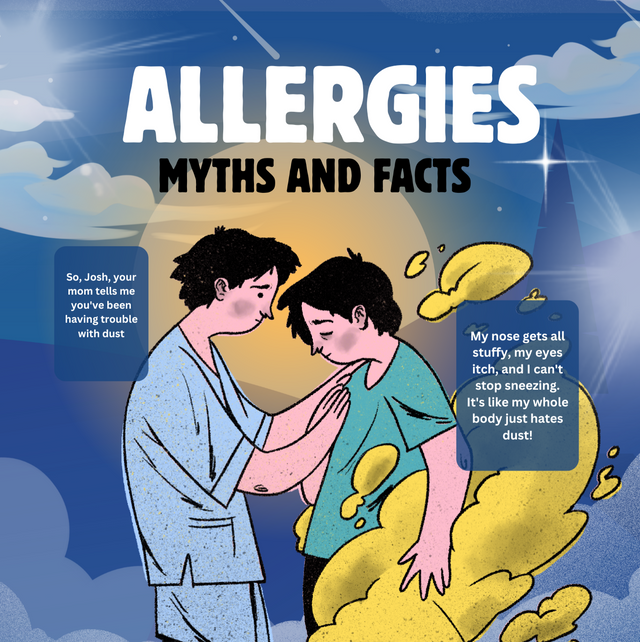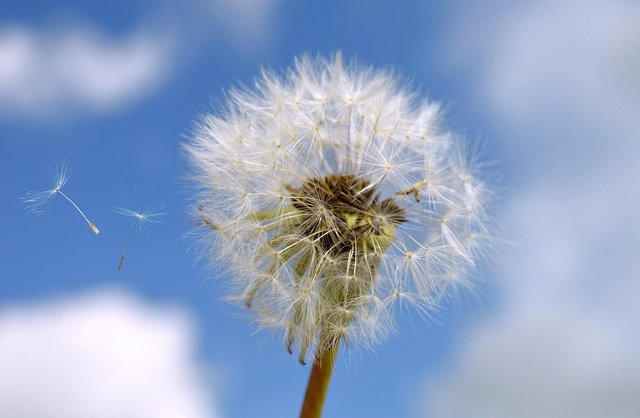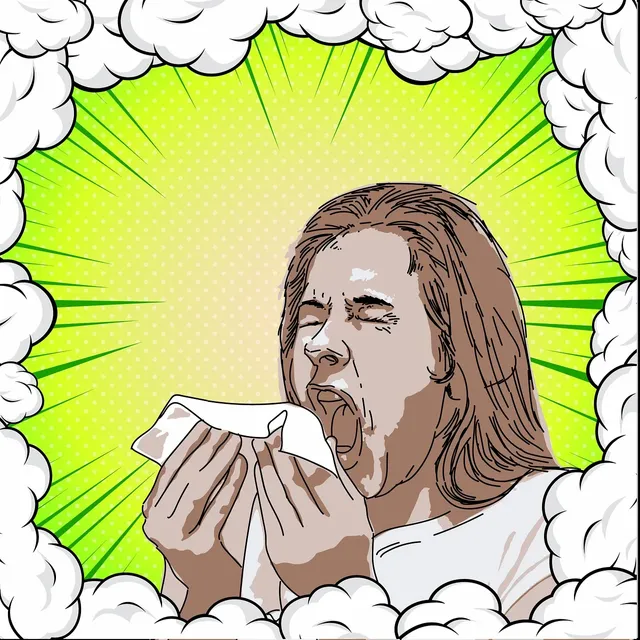Allergies | Myths and Facts About Allergies
Allergies are a common health issue that affects millions of people around the world. From an allergy to pollen in the air, food, or even dog hair, allergies are either mild or extreme and may alter one's way of life. The majority of people confuse allergies with colds because symptoms of both coincide, but in fact, they are two different diseases. In this article, we will cover the most common types of allergies, their symptoms, prevention methods, and how to distinguish between colds and allergies.
What Are the Most Common Types of Allergies?
Allergies occur when the immune system reacts to something as if it were harmful. When this occurs, it triggers the release of histamine, which results in symptoms like sneezing, itching, and swelling. Some of the most common forms of allergies are:
- Hay Fever (Seasonal Allergies)
Hay fever is the most common allergy in my opinion. This happens when flowers, grasses, and trees shed pollen into the air, triggering an allergic response in some people. During spring, when all the plants start blooming, the air is laden with pollen. Bees and butterflies also transport pollen, making exposure greater. The majority of people sneeze, experience a runny nose, and watery eyes when exposed to pollen, making daily activities unpleasant.
Food Allergies
Some people have reactions to certain foods, and peanuts, milk, eggs, and shellfish are common culprits. Food allergies can cause mild itching to full-blown reactions like trouble breathing (anaphylaxis). Food allergies are distinct from seasonal allergies in that they can occur at any time and require complete avoidance of the offending foods.Pet Allergies
Most people love dogs and cats, but their hair and skin scales (dander) cause allergic reactions. Pet allergies can result in sneezing, tearing eyes, and even asthma attacks. Some people also react to proteins in saliva or urine of pets.Dust and Mold Allergies
Both are capable of triggering allergies, which cause sneezing, congestion, and shortness of breath. Dust allergy victims typically experience worse symptoms in enclosed spaces like bedrooms or offices.
- Medication Allergies
Some medications, like painkillers and antibiotics, can induce allergic reactions. They have symptoms that vary from skin rashes and swelling to, in the extreme, life-threatening.
What Are the Three Symptoms of Allergies?
There are a number of significant symptoms of allergies that are easy to recognize. They vary in severity but are often shared in the majority of allergic reactions.
- Sneezing and Itchy Nose
One of the most common symptoms of an allergy is an itchy nose, typically leading to incessant sneezing. This is caused by allergens like pollen or dust that activate the nasal passages to make the immune system of the body release histamine. Nasal discharge even in a person who is not affected by a cold is usually a result of this symptom. - Nasal Congestion and Blocked Nose
A second symptom of an allergy is congestion in the nose. When allergens are passed into the nostril, they cause inflammation of the nasal mucosa (nose's inner lining). Swelling blocks airflow and leads to inability to breathe through the nose. Most people mistakenly think they have a cold when having this symptom, but allergies never lead to fever, a big difference. - Itchy and Watery Eyes
Eye irritation is a popular symptom of allergy. Allergic persons will at times get red, watery, and itchy eyes. This is due to the fact that the allergen like pollen or pet dander causes the eyes to become irritated, leading to discomfort. Persons with season allergies typically struggle with itchy eyes around spring. These three symptoms of sneezing and runny nose, congestion in the nose, and watery eyes are among the most common signs of an allergic reaction.
How to Prevent Allergies?
It is hard to avoid allergies, especially for those who have seasonal allergies like hay fever. But there are some steps one can take to reduce exposure and prevent symptoms.
- Avoid Allergens When Possible
The best way to prevent allergic reactions is to avoid exposure to allergens. This may be difficult, especially in the case of pollen allergy, since pollen is airborne for certain seasons. However, people can reduce exposure by staying indoors during high-pollen days and keeping windows closed.
- Monitor Weather Conditions
Hay fever sufferers need to keep track of weather and pollen forecasts. Windy, dry days will have more pollen, but rainy days can wash pollen out of the air. People with bad allergies can shield themselves by wearing sunglasses and masks when outside to reduce exposure. - Clean Regularly
For individuals with dust or pet allergies, maintaining the house clean is imperative. Regular vacuuming, dusting, and air purifiers can reduce allergens. Hand washing and removal of clothes on entering indoors can also be efficient in eliminating pollen. - Consider Moving to a Different Climate
Others prefer to move to a different climate in order to escape allergens that trigger their symptoms. For example, if an individual is allergic to a particular grass, they can move to an area where this kind of grass is not found. This might not always be possible for everyone, however. - Take Allergy Medication
Allergy victims mostly resort to antihistamines or nasal sprays to relieve symptoms. The medication switches off histamine, reducing sneezing, itching, and congestion. In the worst cases, doctors order allergy shots, which slowly desensitize the immune system to allergens.
Explain the Difference Between Allergies and Colds |
|---|
Allergies and colds have similar symptoms, so they can be difficult to separate. But in spite of their similar symptoms, the two are vastly different.
- Fever Is Only Present in Colds
One of the greatest differences between colds and allergies is that allergies do not cause fever. Colds, on the other hand, are viral and are likely to cause mild to moderate fever. If an individual has a fever, then it is more likely that they have a cold and not allergies. - Energy Levels and Overall Well-Being
Allergy sufferers feel perfectly normal other than their symptoms. They can continue with their activities without having an overwhelming need to sleep or feeling weak. Cold and infection, on the other hand, cause individuals to feel tired with minimal energy and a decreased appetite. - Duration of Symptoms
Colds take about 7–10 days, while allergies will persist as long as the person is exposed to the allergen. For example, seasonal allergies can persist for weeks or even months, depending on the length of the pollen season.
Conclusion
Allergies are a common medical condition that can affect daily life, especially in certain seasons.
Hay fever, food allergy, pet allergy, and dust allergy are some of the most common forms. Most prevalent allergy symptoms include sneezing, runny nose, and watery eyes. While it's difficult to completely avoid allergies, avoiding allergens, monitoring weather, maintaining indoor conditions clean, and medication can manage symptoms.
One must understand how to distinguish between colds and allergies because allergies don't cause fever and take much longer than viral infections. By knowing these variations, one can properly take care of him or herself and determine the most effective ways to relieve allergy discomfort.
I invite @alexanderpeace @okere-blessing @chilaw



Allergies can be a lot to grapple with and it’s very uncomfortable to live with. I noticed that I usually sneeze a lot when I bath cold water hence I had to reduce the way I bath with cold water and turn to warm water and it helped to curb the sneezing. I wish you success in this contest.
Thank you so much. I have allergies to dust as I don't sweep in my house. Sorry about yours. I hope it reduces some day so you'll enjoy the freshness of cold water